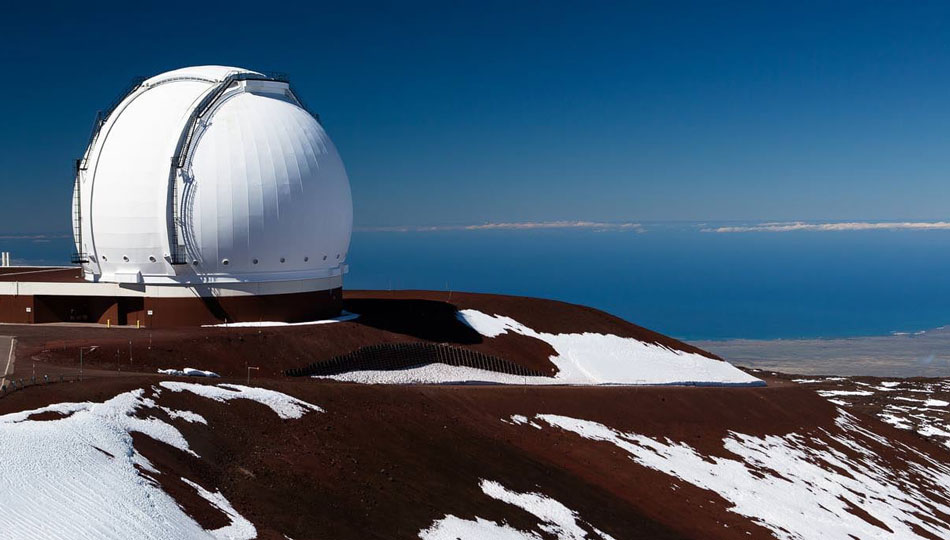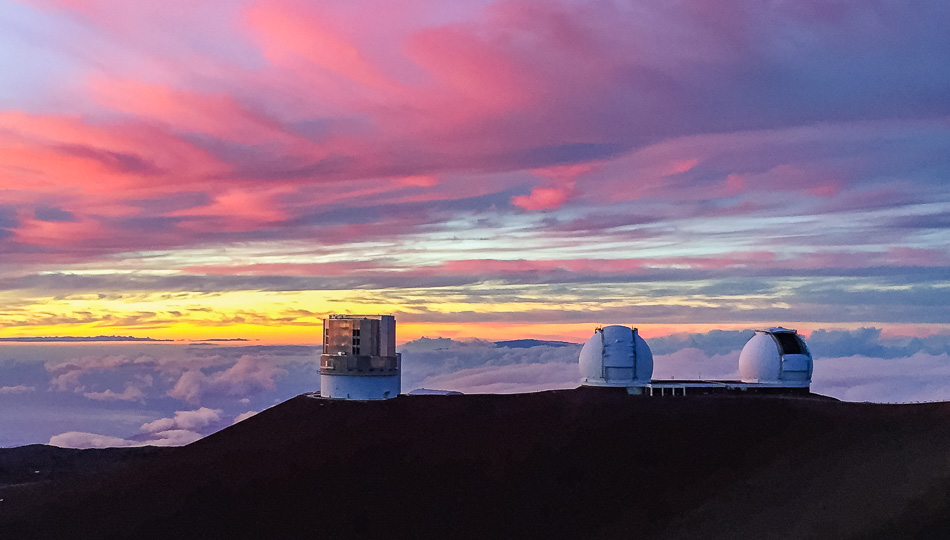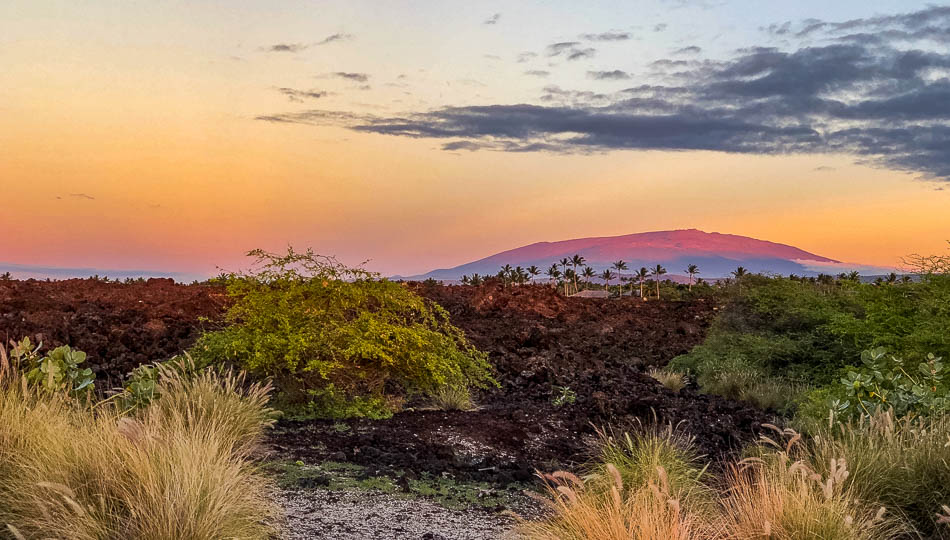Hawaii Zipline & Hiking Tours
Zipline & Hiking Tours featuring adventure with Aloha and a zipline that soars over a 250 foot waterfall.

Mauna Kea: A Portal to the Universe
A highly regarded site both scientifically and culturally, Mauna Kea is a dormant volcano located on Hawaii’s Big Island. With an elevation of 13,803 feet, it’s the highest point in all of Hawaii and therefore offers unprecedented views of the heavens above. More than 11 countries operate 13 telescopes and observation stations at the summit, as the high altitude, low humidity, and lack of artificial light make it an ideal location to observe atmospheric conditions, visible and infrared light spectrums, and various wavelengths in the universe above.

A Scientific Marvel
One of the best sites in the world for astronomical observation, Mauna Kea is home to 13 different observation facilities which collect funding from as many as 11 countries. Nine telescopes operate in the visible and infrared spectrum, three observe the submillimeter spectrum, and one works in the radio spectrum.
Observation on Mauna Kea is unique largely due to its conditions. While it’s hardly the highest point on earth, the lack of artificial light pollution (thanks largely to a state mandate that limited the brightness and color intensity of street lamps), its position above the inversion layer, and the low humidity allow for near-uninhibited observations of the heavens above. Even the faintest astronomical objects can be seen from Mauna Kea, making it a world-class stargazing location in addition to the scientific benefits.

A boom in astronomical interest in the early 1960s led to the development of Mauna Kea. Led by University of Arizona astronomer Gerard Kuiper, site testing was performed in 1964 to determine the site’s viability in measuring infrared light and an intense funding competition broke out between Kuiper, Harvard University, and the University of Hawaii to establish a long-term observation facility at Mauna Kea. While the University of Hawaii won out, the first telescope wasn’t completed until 1970, but was at the time the seventh largest optical and infrared telescope in the world.

By the time a third observation station was completed, local organizations raised concerns about the rush in development of a sacred geographic landmark. Ultimately, only a fraction of the mountain was committed to scientific research facilities, while more than 10,000 acres was protected for natural and cultural purposes.
An additional telescope (the TMT) is planned for construction, however after extensive public protests by local preservation and cultural groups, the construction is currently paused and under review.
A Cultural Touchstone
While the island is world-famous for its unique astrological characteristics, the Hawaiian people have long found it as an important cultural feature of their history and tradition. Each peak on the Big Island is considered sacred, but Mauna Kea being the largest, it’s one of the most culturally relevant and revered.

Hawaiian sacred law mandated that only high-ranking ali’i (chiefs) could visit the peak of Mauna Kea. Those who lived on the slopes of the mountain relied on the abundance of its food, mined the basalt for making tools, and later used it for graze land after European settlers introduced cattle and sheep to the island.
The name Mauna Kea is itself a shortened version of the Hawaiian name “Mauna o Wakea,” or the mountain of Wakea, an ancient Hawaiian deity of the skies. Wakea is known throughout Hawaiian and Polynesian cultures as the father of all Polynesians, thought to have brought the light into the world. Because of this, the mountain is highly revered and opposition to its development is intense.
Zipline & Hiking Tours featuring adventure with Aloha and a zipline that soars over a 250 foot waterfall.
World-renowned for the quality and consistency of its beans, Kona Coffee alone is worth a trip to the Big Island.
With knowledgeable guides and access to some of the Big Island’s most prized lands, Hawaii Forest and Trail brings you closer to the true beauty of the island.